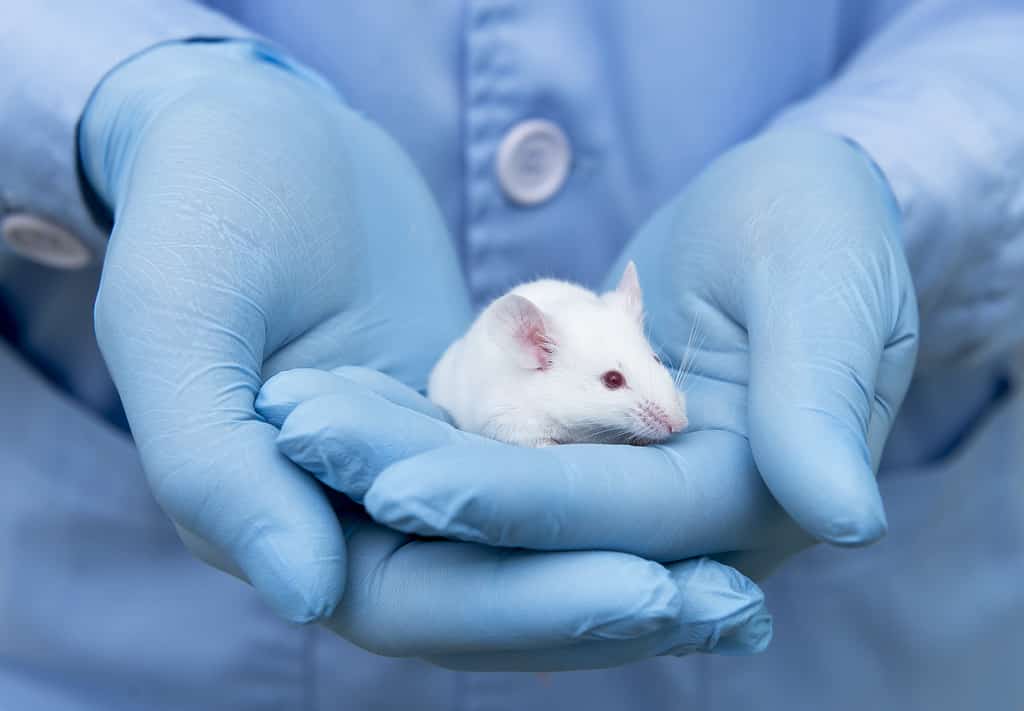In Vivo vs In Vitro: What’s the Difference and Why Does It Matter in Research?
Many have heard the terms “in vivo” and “in vitro” but don’t fully understand the differences and why it matters. In this article, we’ll go in-depth about in vivo vs in vitro, how they’re different, and the implications on research. We’ll also discuss the advantages and limitations, examples, and ethical considerations.
Definition and explanation of in vivo and in vitro experiments
In vivo typically involves studies or research within a living subject. On the other hand, in vitro occurs in glass test tubes or petri dishes. Both can include procedures, tests, and experiments and help scientists better understand disease, illness, and the human body.
Researchers often use one of both methods to test their theories and hypotheses. Essentially, in vivo research builds and expands on in vitro studies as researchers learn it is safe and effective. If experiments don’t go through in vitro first, it could harm living subjects, including animals.

©unoL/iStock via Getty Images
Advantages and limitations of in vivo vs in vitro research
In vitro provides a detailed analysis, and researchers can examine more numbers of subjects than if they use in vivo. It’s also faster than in vivo testing and allows researchers to control the conditions. One limitation of this is that a test tube or petri dish can’t replicate a living organism’s conditions.
In vivo testing is beneficial for clinical trials because it helps researchers gain insight into specific substances or disease progression in a living organism. It offers scientists the chance to test the safety and reliability of their work. One limitation of in vivo research is that it takes time and resources.

©Totojang/iStock via Getty Images
Examples of in vivo and in vitro research in various fields
In vitro often involves the study of microorganisms, which are human and animal cells in a culture, and takes place in a laboratory. Scientists can use this method to look at biology in specific cells without other cells from the whole organism disrupting or distracting.
Animal Studies and Clinical Trials
Examples of in vivo research are animal studies and clinical trials. Animal studies help researchers determine underlying mechanisms for diseases. It also allows them to ensure medical treatments are safe for humans.
Clinical trials occur after a drug seems safe and effective during in vitro and other in vivo studies, including animal studies. These trials involve testing it on humans, and the results often get compared to a placebo.
Methane Emissions Reduction Studies
In vivo and in vitro methane emissions reduction studies are another example. These studies are essential for improving sustainability measures in the agriculture industry.
Researchers use in vivo testing to obtain proof of methane reduction and increased productivity. They most often use animal testing for this process. However, they utilize in vitro testing in the lab for additive screening and to build on their findings.
Antibiotic Sensitivity
Antibiotics disrupt the growth of bacteria, so people use them to treat bacterial infections. While antibiotics heal your body, the testing on them is often in vitro.
Pharmaceutical Testing
Pharmaceutical companies often use in vitro models to begin experiments on new drugs. Oftentimes, researchers do pharmaceutical testing for cancer this way, starting on tumor models. They study the tumor models and attempt possible treatments that could work in a living body.
Ethical considerations in animal-based in vivo research
In vitro studies start in the lab or a test tube, but when researchers get positive results, they still must do more studies. They turn to in vivo research and typically use animals to test for long-term impacts and other aspects.
This process is sometimes deemed unethical as it requires using animals to test something that may harm them. There isn’t enough valid information to assume these animals are safe, and it could cause suffering or death for the animal.
It’s important to point out that researchers don’t test drugs for side effects, toxicity, or productivity on living bodies if they don’t prove safe and effective during in vitro studies. Plus, for research to be permitted on animals, the value of the knowledge gained must be greater than the potential damage to the animal.
Summary of In Vivo vs In Vitro
| Type | In Vitro | In Vivo |
| Differences | Occurs in a lab | Occurs within a living subject |
| Advantages | Researchers can examine more subjects, and it’s faster than in vivo. | Researchers gain inside into substances and disease progression. It also provides the opportunity to test safety and reliability. |
| Limitations | Research can’t replicate the biology of a living subject. | It takes lots of time and resources and can potentially harm living subjects. |









